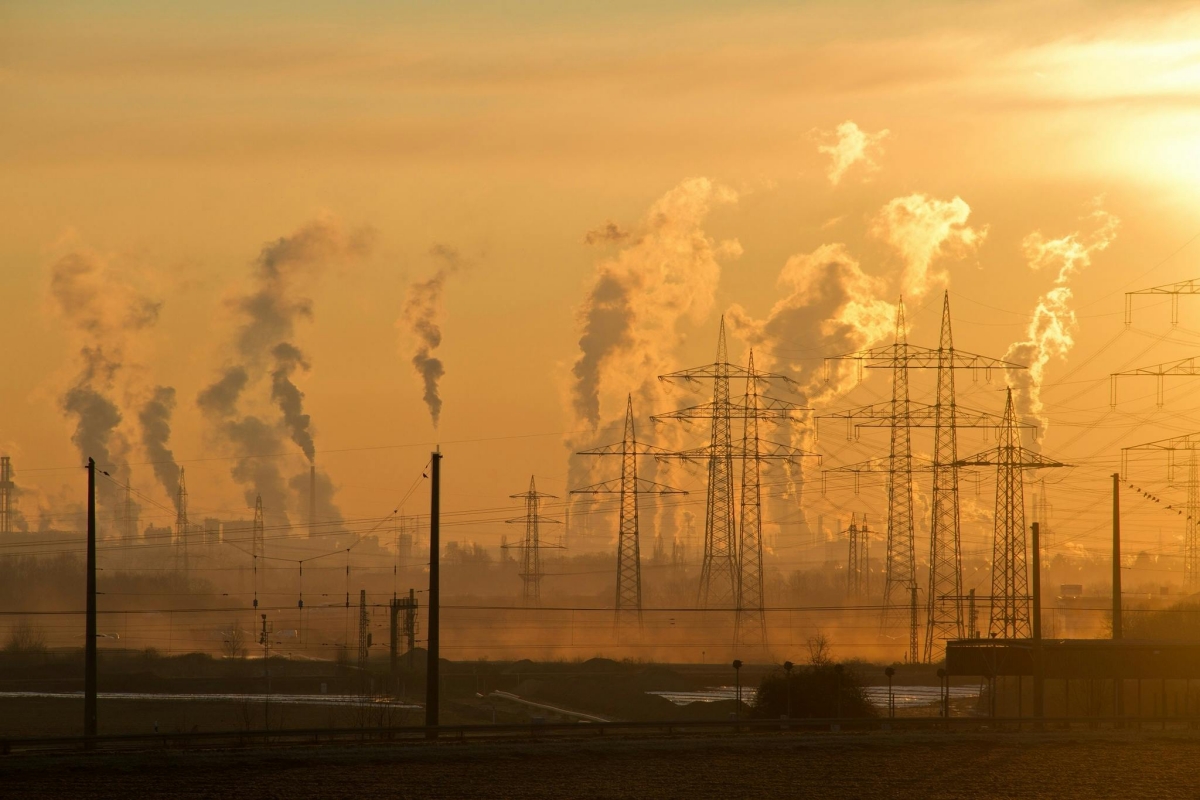Global data centres face rising climate risks, XDI report warns
Author: Joe Peck

Data centres are facing sharply rising risks from climate-change-driven extreme weather, according to a major new report released today by XDI (Cross Dependency Initiative), a company which is concerned with physical climate risk analysis.
The company argues that without urgent investment in emissions reduction and physical adaptation, operators could face soaring insurance premiums, growing disruption to operations, and billions in damages.
XDI’s 2025 Global Data Centre Physical Climate Risk and Adaptation Report offers a global picture of how extreme weather threatens the backbone of the digital economy. The report ranks leading data centre hubs by their exposure to eight climate hazards — flooding, tropical cyclones, forest fires, coastal inundation, and others — now and into the future and under different climate scenarios. It is based on analysis of nearly 9,000 operational and planned data centres worldwide.
The report quantifies how targeted structural adaptations (changes to the physical design and construction of data centres) can dramatically improve resilience, reduce risk, and help curb escalating insurance costs.
“Data centres are the silent engine of the global economy. But as extreme weather events become more frequent and severe, the physical structures underpinning our digital world are increasingly vulnerable,” says Karl Mallon, Founder of XDI (Cross Dependency Initiative).
“When so much depends on this critical infrastructure and with the sector growing exponentially, operators, investors, and governments can’t afford to be flying blind. Our analysis helps them see the global picture, identify where resilience investments are most needed, and chart pathways to reduce risk.”
Key insights from the report include that:
• Data centre hubs in New Jersey, Hamburg, Shanghai, Tokyo, Hong Kong, Moskva, Bangkok, and Hovestaden are all in the top 20 for climate risk by 2050, with 20-64% of data centres in these hubs projected to be at high risk of physical damage from climate change hazards by 2050.
• APAC is the fastest growing region for data centre growth in the world, yet it also carries some of the greatest risk, with more than one in ten data centres already at high risk in 2025, becoming more than one in eight by 2050.
• Insurance costs for data centres globally could triple or quadruple by 2050 without decisive mitigation and adaptation.
• Targeted investments in resilience could save billions of dollars in damages annually.
The report highlights that climate risk varies dramatically by location, even between data centres in the same country or region. This kind of like-for-like, jurisdiction-spanning analysis, XDI argues, is critical for guiding smarter investment decisions in new and existing data centres – helping asset owners, operators, and investors allocate capital where it will have the greatest impact on protecting long-term value.
The report also reinforces that decarbonisation and adaptation must go hand in hand to safeguard the digital economy for the long term. Adaptation is essential, but the most resilient data centre is only as secure as the infrastructure it depends on — such as roads, water supply, and communications links — which are themselves vulnerable to climate hazards. Without ambitious and sustained investment in emissions reduction to limit the severity of climate change, no amount of structural hardening will fully protect these critical assets.








